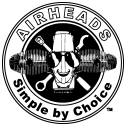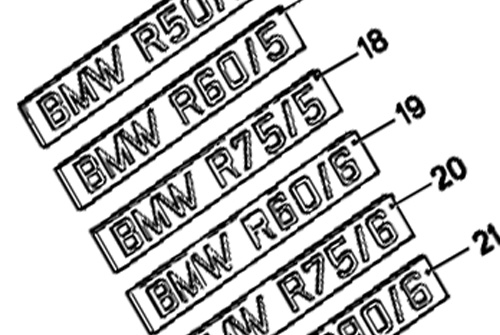Sometimes Tech Sessions just aren’t that intense. Such was the case at Bob Ellenbecker’s Tech Weekend at the end of July. Originally on the docket were the replacement of some steering head bearings, repair of some cylinder studs, and a couple other things that escape me right now. The steering head job didn’t happen, but […]
Continue readingsite hosting upgraded
Because the site was performing poorly we’ve upgraded the hosting plan to provide the website with more computing resources. While this change was made last night in the wee small hours the change appears to have improved peformance. Should you continue to see poor performance, or have any other issues with the website, please submit […]
Continue readingdatabase optimized – monthly optimization schedule set
We’ve been seeing the performance of the site degrade over the past couple of weeks. To combat this issue we have implemented a monthly database optimization process starting today. We expect this to improve the overall performance of the site. Please submit a support ticket if you experience poor performance in specific areas of the […]
Continue readingdefault timezone changed to Pacific
To align the website with where the Club was founded we’ve reset the default timezone to Pacific.
Continue readingcaching disabled
While caching seems like a good way to speed up the site it also wreaks havoc when trying to make content and system updates. To eliminate the headaches we’ve made a decision to disable the website caching system. Please submit a Support Ticket if you notice underperforming parts of the site. Thank you for your […]
Continue readingChanging the range of a torque wrench. Angular use. Adjustment correction when using torque-wrench extensions.
This article explains how to use an ‘extension’ for the purpose of convenience (perhaps a hex or 12 point socket or an allen wrench or other tool won’t fit at the end of a torque wrench where you need it); or, perhaps you want to increase the range of a torque wrench.
This article explains how to use an extension for such as the Airheads U-joint flange bolts, where you simply cannot get a torque wrench without an extension to fit properly, due to the limited room between the bolt and the U-joint body.
Another usage might be that if you only have a 75 ftlb maximum indication torque wrench and need to tighten the wheel bolts on your Paralever bike to 105 ftlbs, ….you can do it with an extension, and this article explains it.
Test Adsense Post
Test article
Continue readingExplaining the Slashes
Can someone please explain the difference between a /2, /5, /6, /7 (is there a /8?), and what exactly is an “oil-head” and a “k” bike? And what are these Earle forks that everyone speaks so reverently about?
OK, this is off the top of my head, so it may contain some errors.
2 = second version of some of the Earles fork bikes. The designation is often used incorrectly for all Earles fork twins. Not all were designated /2. Updated normal 500cc bikes beginning ca. 1960 were designated /2. The Earles fork is a swinging arm design, superior for sidecar rigs and off road applications, very plush riding, but a little heavy steering as a solo setup. They do not nosedive under braking, in fact they tend to rise in the front as the bike comes to a stop under heavy braking. These machines have very stout frames with sidecar bosses built in. The fork has adjustable geometry to accomodate the sidehack. The bikes were produced from 1955 – 1969. They came in normal and high performance versions of the horizontally opposed twin displacing either 500 or 600 cc. R50 and R60 designated normal performance. R50S, R69 and R69S are high performance models, the R69S making 42 HP and exceeding 110 mph. Despite the nomenclature, R69 models still displaced 600 cc, go figure…. 1969 models were shipped with either the Earles or a telescopic fork the same fork as the /5 series built from 1970-73. They were designated “US”. So an R69 US was a high perfomance 600 cc with a telescopic fork. There is also a 250 cc bike, this was a vertical single cylinder engine, uncommon in the US due to its lack of performance.
woocommerce update
Installed WooCommerce 3.9.1 update. There was much rejoicing.
Continue readingLeaky Bing Carburetors
It is very important to turn off the petcock(s) when you park your bike. This is so even if you have a late model Airhead that has the fuel-shutoff solenoid valve located on the inside of the cover over the starter motor (many have been removed, but the same caution applies). It is exceptionally important if you park your bike in a garage where there is a source of gasoline fumes ignition …such as a water heater, ETC. We do NOT need to hear about BOOOOOM! We don’t want fires, either!
Bing carburetors are commonly known to leak in several ways. The most common is fuel dumping on your boot from a grossly overflowing carburetor, typically from a side vent. Sometimes there is just a slow weeping or a slow leak from the very small hole in the bottom of the float bowl.
Continue reading


